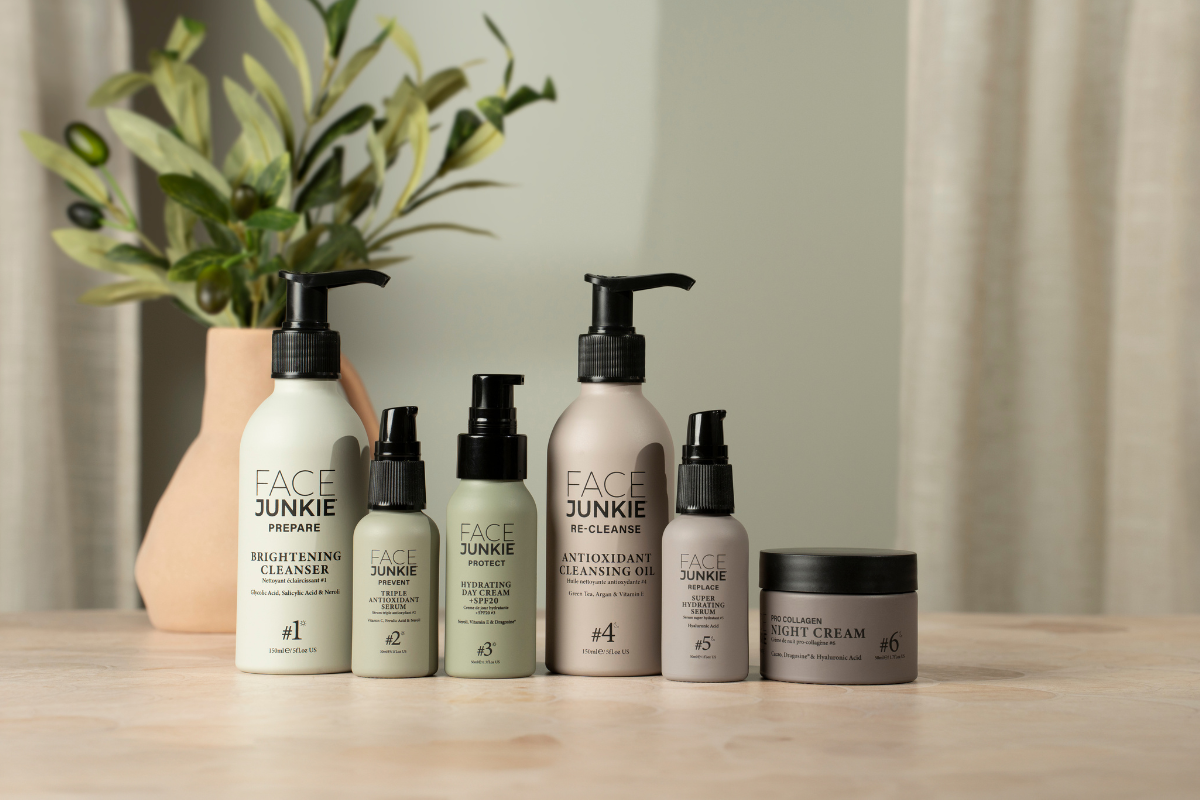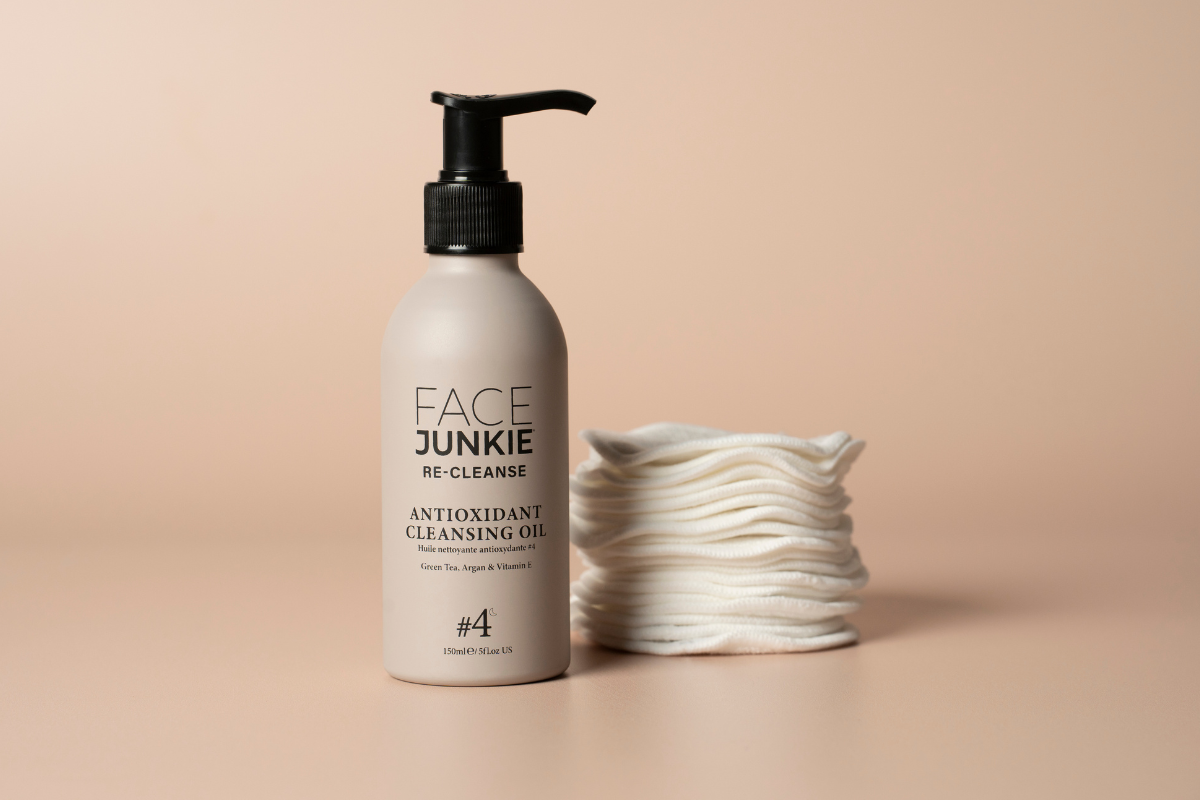In skincare, active ingredients are the components in a product that are scientifically proven to target specific skin concerns. They're the power players – the ones that do the actual work, help to clear acne, reducing wrinkles, fading dark spots or hydrating dry skin.
What Makes an Ingredient “Active”?
An ingredient is considered active if it:
- Has been clinically tested and shown to affect the structure or function of the skin.
- It is included in a product at a specific, effective concentration.
- Requires regulation or approval in many countries (e.g., by the FDA in the U.S. or the EU).
Examples of Active Ingredients:
|
Concern |
Active Ingredient Examples |
|
Acne |
Salicylic acid, benzoyl peroxide |
|
Aging |
Retinol, peptides, vitamin C |
|
Hyperpigmentation |
Niacinamide, azelaic acid, kojic acid |
|
Dryness |
Hyaluronic acid, ceramides |
|
Sun Protection |
Zinc oxide, avobenzone, octinoxate |
How Do They Differ from Other Ingredients?
Inactive ingredients (also called excipients) serve other roles in the formula but don't directly affect skin concerns. They:
- Help deliver the active (e.g., emulsifiers, solvents)
- Improve texture or scent (e.g., thickeners, fragrances)
- Stabilise the formula or preserve shelf life (e.g., preservatives)
Think of it like this:
- Actives = the treatment
- Inactives = the support team that helps the actives get where they need to go and stay effective.
What Are Active Ingredients in Skincare (and Why Should You Care)?
When you read the back of a skincare product, you’re likely to see a long list of ingredients — some you might recognise, most you probably don’t. But there’s one term that gets mentioned a lot in beauty: active ingredients. So what exactly are they, and why are they important?
The Basics: What Are Active Ingredients?
Put simply, active ingredients are the parts of a skincare product that do the hard work. They’re the ingredients that have been shown to target specific skin concerns — whether it’s breakouts, dryness, fine lines, or uneven skin tone.
If you’ve ever used a spot treatment with salicylic acid, or a serum with vitamin C, you’ve used active ingredients. These are the powerful components that have been tested (often through scientific studies) to prove they actually make a difference to your skin.
Why Do They Matter?
Think of your skincare product like a recipe. The actives are the main ingredients that give the dish its flavour — or in this case, give your skin what it needs.
Different active ingredients do different things:
- Salicylic acid helps unclog pores and clear spots.
- Retinol can help smooth fine lines and speed up skin renewal.
- Niacinamide helps calm redness and brighten dull skin.
- Hyaluronic acid gives your skin a big drink of water (great for dryness).
- Zinc oxide and other SPF ingredients protect against sun damage.
When a brand talks about results — like brighter, clearer, or firmer skin — it’s the actives doing that job.
What About the Other Ingredients?
Not every ingredient in your skincare product is an “active”. The rest are called inactive ingredients, and they’re still important. These ingredients help keep the product stable, make it feel nice on the skin, and help deliver the actives where they need to go.
So, while the actives are the ones doing the treatment, the inactives are the team making sure everything works smoothly.
Final Thoughts
When you’re shopping for skincare, look out for the active ingredients — they tell you what the product is actually designed to do. And if you’re ever unsure, don’t be afraid to ask or look it up. The more you know about what’s in your products, the better your skin will thank you for it.





